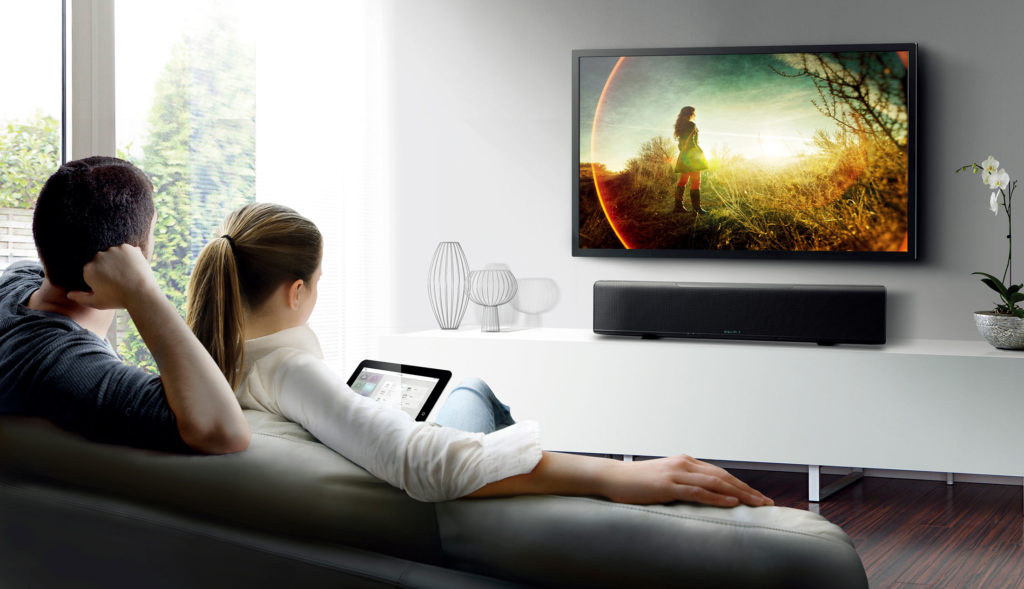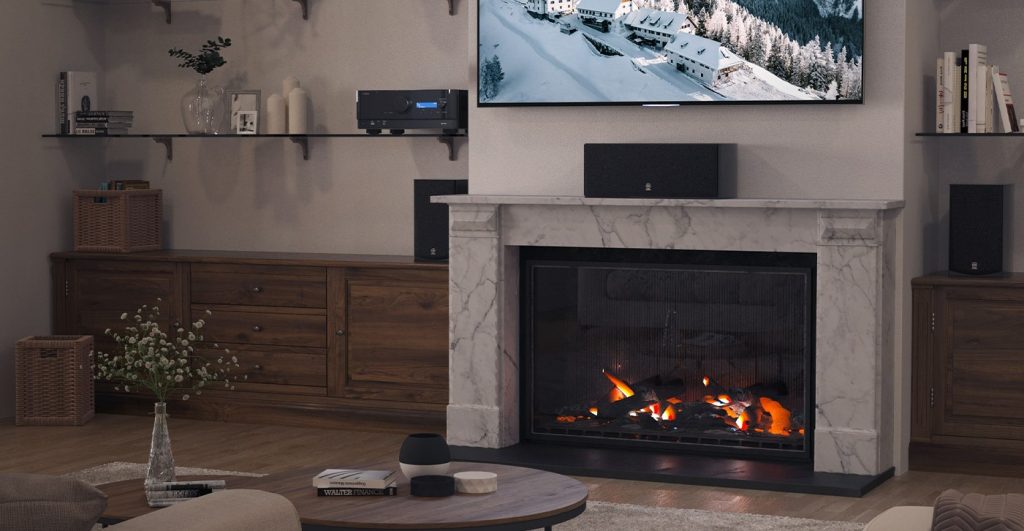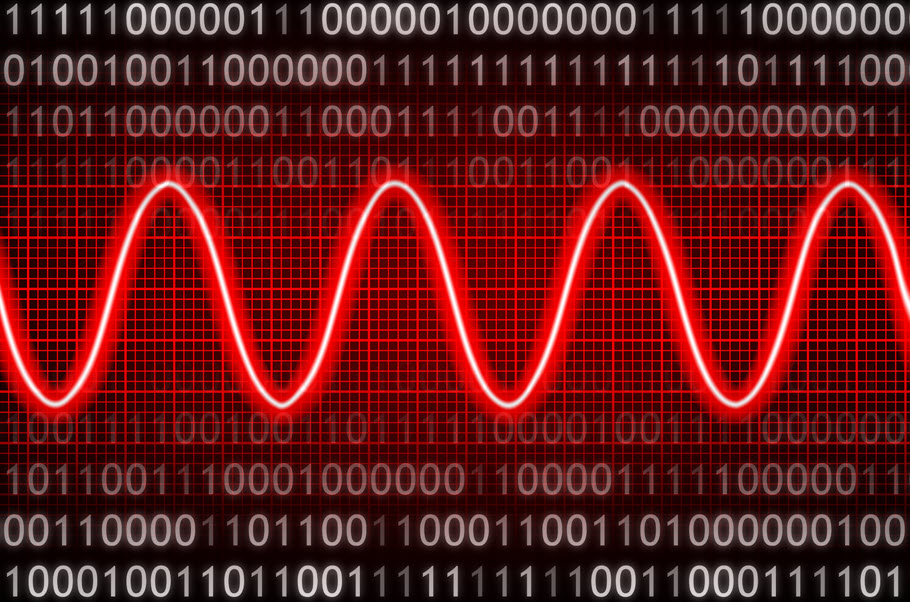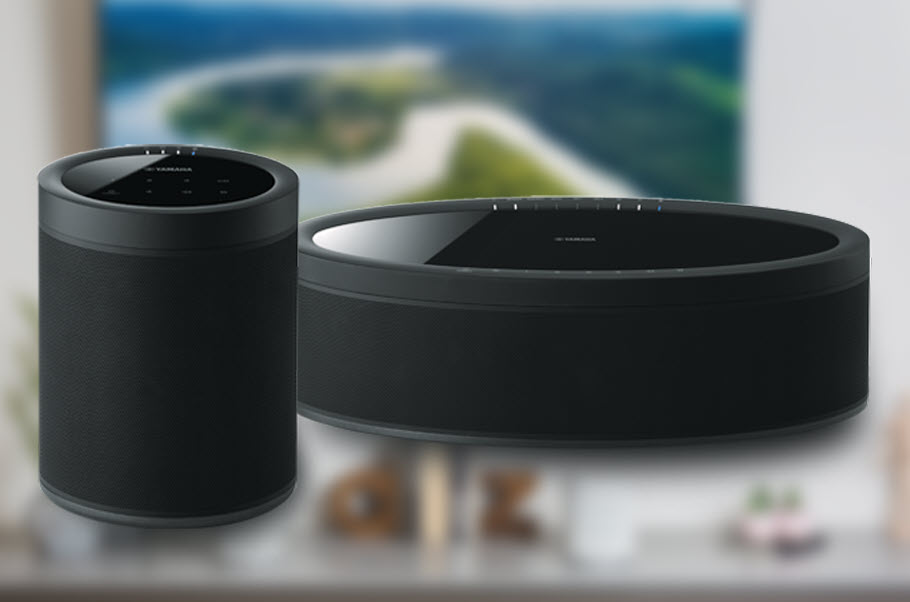What Is an Integrated Amplifier?
There’s more to great Hi-Fi than having a great record collection.
Every music lover has a preferred way to listen to their favorite artists. Maybe it’s via a streaming service and wireless speakers, or for a more private experience, over a pair of headphones or ear buds. But for those who want to hear the artists’ music the way it was originally intended, a good quality two-channel (stereo) Hi-Fi system is the only way to go.
One of the key components in a Hi-Fi system is known as an integrated amplifier. What is it and what does it do? Let’s take a closer look.
Components of Sound
For Hi-Fi aficionados, the pinnacle of playback requires what are called “separates” — i.e., separate components. These include “source” devices (so-called because that’s where the signal originates) such as a radio tuner, phonograph, reel-to-reel tape recorder, cassette player, a CD player, and, in modern systems, network sources such as streaming services.
These are all wired to a preamplifier (sometimes called a “control amplifier”), or preamp for short. This component allows the user to switch between source devices for playback and also provides phono equalization, tone controls, balance and, of course, volume control circuitry. The output of the preamp is routed to another component called a power amplifier (amp for short), which raises the audio to a sufficient level to be sent over wires to speakers. The end result is a harmonious listening experience.
Audio hobbyists love this type of “separate” configuration because upgrading is easy and cost-effective. If you want more power, all you need to do is buy a bigger power amp — no need to replace the entire chain. This gives the hobbyist an opportunity to keep tinkering with the system without breaking the bank every time they want to change something out. A good example of a modern “separate” system is the Yamaha Flagship Hi-Fi 5000 Series, which includes four state-of-the art components: the GT-5000 turntable, C-5000 preamplifier, M-5000 power amplifier and NS-5000 speakers with stands.
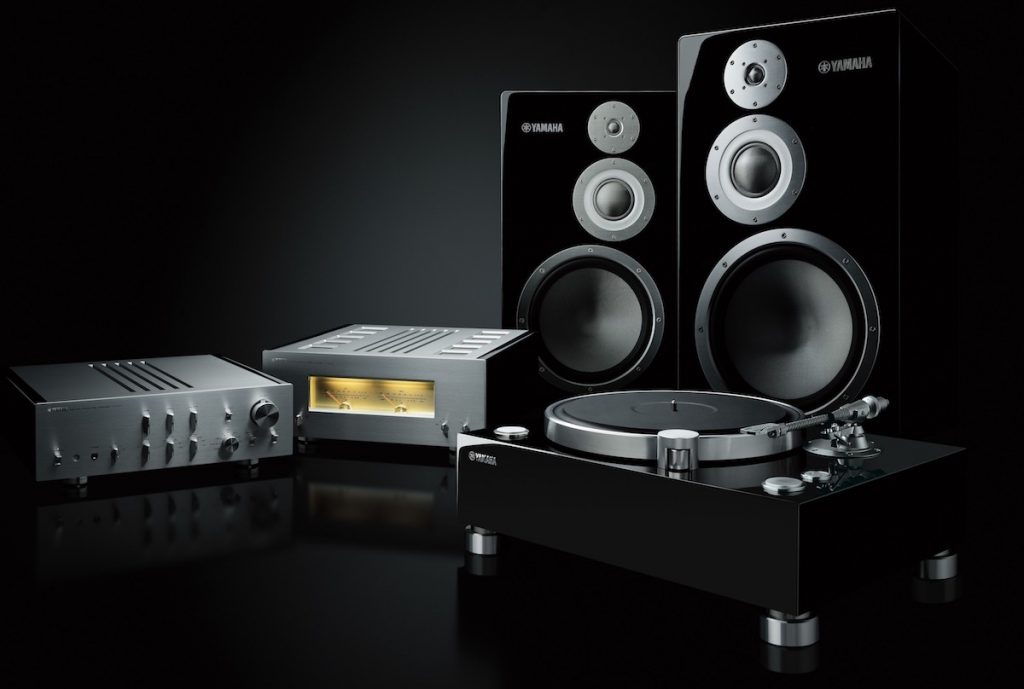
Those looking to save space with fewer components have the option of purchasing either a stereo receiver or an integrated amplifier. A stereo receiver such as the Yamaha R-N800A has most components built into one box: A power amp to drive the speakers, a preamp to control volume, tone controls, input switching and a few common sources like an AM/FM tuner and network streaming services. Everything is easily controlled by a single remote control or from your smart device running a user-friendly app. A stereo receiver connected to a set of speakers is the easiest way to enjoy Hi-Fi audio.
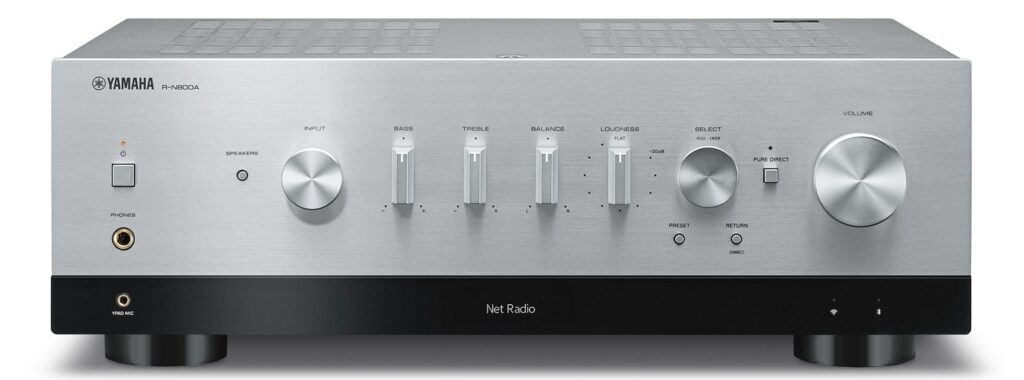
An integrated amplifier is very similar — minus the tuner or other sources.
Audio, Integrated
The term “integrated amplifier” refers to the integration of the preamp and power amp, plus phono EQ and tone controls, in a single component. This allows you to save space on your Hi-Fi rack without sacrificing power or capability.
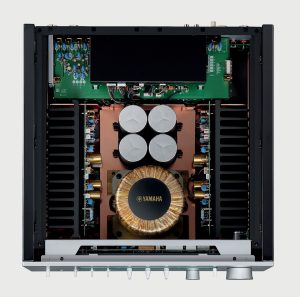
The engineering advantage of having all amplification functions in a single box is that it allows the source signals — which are typically very low-level — to remain isolated from the integrated amplifier, which is doing some serious power boosting, with a huge transformer and massive power transistors.
Another advantage is that the source signals can be cleanly generated with the use of small low-noise power supplies that are specifically designed to not interact or interfere with one another, thus delivering low distortion audio to the preamplifier stage.
A good example of a high-end integrated amplifier is the Yamaha A-S3200, which provides inputs for an external tuner, CD player and turntable, as well as the ability to toggle between two different sets of speakers in two different rooms. There’s also a “Pre Out” that allows the A-S3200 to be used strictly as a preamplifier so you can easily add a separate amplifier to your system for more power.
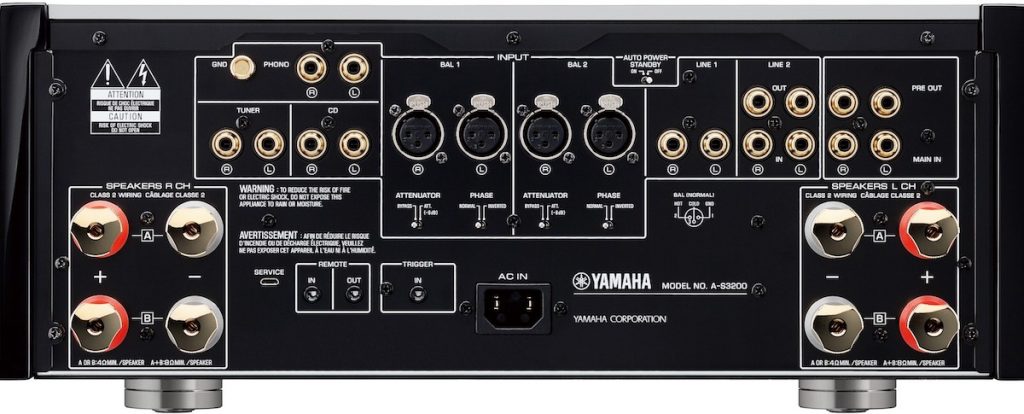
You also might want to check out the Yamaha A-S1200 and A-S2200 integrated amplifiers, as well as some of our other Hi-Fi components. All will provide the kind of listening experience that will make you the envy of even the pickiest Hi-Fi fan.
Check out these related blog articles:
What’s a Receiver? Part 1: Hi-Fi
Here’s What You Need to Know About Vinyl
Ultra Hi-Fi Part 1: The Difference a Tonearm Makes
Ultra Hi-Fi Part 2: The Difference Made by Speaker Driver Materials
Ultra Hi-Fi Part 3: The Difference Made by a Balanced Signal Path
Ultra Hi-Fi Part 4: Going Beyond Perfection
Click here for more information about the Yamaha Flagship Hi-Fi 5000 Series.
Click here for more information about the Yamaha R-N800A Network Stereo Receiver.
Click here for more information about the Yamaha A-S3200 integrated amplifier.
Click here for more information about Yamaha Hi-Fi components.










